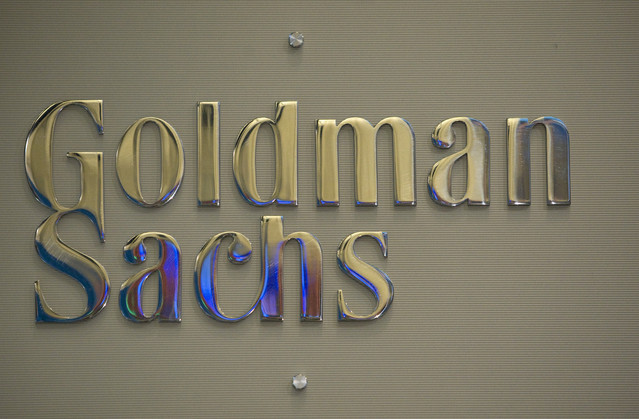The utilization of cryptocurrencies has reached the next level with a mainstream financial powerhouse building its own version of it. Cryptocurrencies were first developed as open source decentralized protocols that can be used by anyone and everyone. The main reason behind the development and implementation of cryptocurrency was to eliminate governments and banks from interfering in monetary transactions.
The usefulness of cryptocurrency technology has been established by the success of bitcoin. Banks and financial institutions have come to realize the potential of cryptocurrencies to change the way financial system works, making it more secure and efficient (both in terms of time and money). Recently it was revealed that Goldman Sachs has developed its own cryptocurrency which it intends to use in its settlement mechanism for stocks, bonds and asset trading systems. The revelation came after the United States Patent and Trademark Office published the patent application filed by the company for SETLCoin.
Implementation of SETLCoin will speed up the process of settlement of trade. The current system takes at least days before the cash or securities actually switch hands. The gap sometimes proves to be crucial especially when a lot of money is involved, which can temporarily affect the investor. With SETLCoin, the settlements can be achieved within minutes of execution of trade. Goldman Sachs is the first among financial institutions to patent its own version of cryptocurrency.
With banks and financial institutions increasingly looking towards bitcoin and blockchain technology, the number of proprietary cryptocurrencies will rise in the coming years. Meanwhile in the banking sector, many large multinational banks have come together to create a consortium that is working on blockchain technology. The main intention of the consortium is to link the banks and their branches using blockchain so that they can transfer funds directly over the blockchain instead of relying on conventional SWIFT and Central Bank network
